Why Are Fly Hats Used?
Why And How To Use Fly Veils For Your Horse

We equestrians see stylish, elegant and even fun designs of fly veils everywhere but do you actually know why they are used? As any equestrian will tell you, a horse's ears are not just cute little parts of its body; they are crucial for their communication, finding their direction and showing their mood. That's why protecting their ears is essential when riding or training. The most efficient way to do it is by using a fly veil. In this blog, we will share everything you need to know about fly veils and ear protection for your equine companion.

What Is a Fly Veil?
A fly veil is a piece of equine tack designed to cover a horse's ears and a part of its forehead. They are also known as fly hats or ear bonnets. While they come in various styles and designs, their primary purpose is to shield a horse's sensitive ears from various environmental factors and discomforts. This simple yet effective accessory has evolved over the years to become an indispensable part of an equestrian's tack collection.

Different Uses of Fly Veils
- Fly Protection: Fly veils serve as an effective defense against pesky insects that incessantly buzz around your horse's head during the warmer months. By covering the ears, they create a barrier that keeps flies, mosquitoes, and other bothersome bugs at bay, allowing your horse to enjoy a peaceful and uninterrupted ride. Not only does this enhance your horse's comfort, but it also minimizes distractions during training and competition.
-
Sun Protection: Just like humans, horses can be susceptible to sunburn. The ears are particularly vulnerable due to their thin skin and lack of protective hair. Fly veils with UV-protective materials shield your horse's ears from the sun's harmful rays, preventing painful sunburn and potential skin damage. Additionally, they help in maintaining the health and appearance of your horse's ears.

- Sound Blocking: If your horse is sensitive to loud noises or easily spooked, a fly veil can help muffle sounds, providing a calming effect. This can be especially beneficial during events or in busy training environments where distractions are plentiful. By reducing noise-induced stress, fly veils contribute to a more relaxed and focused riding experience.
-
Wind Blocking: Wind can be more than just an inconvenience during rides; it can be uncomfortable for your horse. Fly veils act as a buffer against gusty winds, ensuring that your horse remains comfortable and focused on the task at hand. Whether you're riding through open fields or along windy trails, a fly veil can make a significant difference in your horse's overall riding experience.

How To Choose The Best Fly Veil:
Here are 3 most important checkpoints to consider when selecting the ideal fly veil for your horse:
- Material of the Fly Veil: Look for breathable materials that offer comfort and durability. Mesh or cotton blends are popular choices as they allow for airflow while providing protection. High-quality materials ensure that the fly veil stands up to regular use and retains its effectiveness. Make sure the material allows 180-degree movement of the ears so that your horse can comfortably move its ears while wearing the fly veil.
- Fit and Comfort: Ensure the fly veil fits well but not too tightly. It should comfortably cover the ears without causing discomfort or rubbing. Elastic or adjustable straps are excellent features for achieving the perfect fit, as they accommodate different head shapes and sizes.
- Shape and Color: Fly veils come in various shapes, from traditional bonnets to modern, sporty designs. Consider your horse's comfort and your personal style preferences when selecting a shape and color that suits both of you. You can even go for fly veils that match with the rest of your tack and make an amazing outfit for your horse.

How to Use Fly Veils
Using a fly veil is a straightforward process that can make a big difference in your horse's comfort.
- First, ensure that the fly veil is clean and in good condition.
- Next, gently slide the fly veil over your horse's ears, ensuring that it covers them completely without causing any discomfort or excessive pressure. Put the bridle on the fly veil.
- Finally, fasten any closures or attachments to the bridle to keep the veil in place during your ride. Remember to regularly check and clean your fly veil to maintain its effectiveness and longevity.






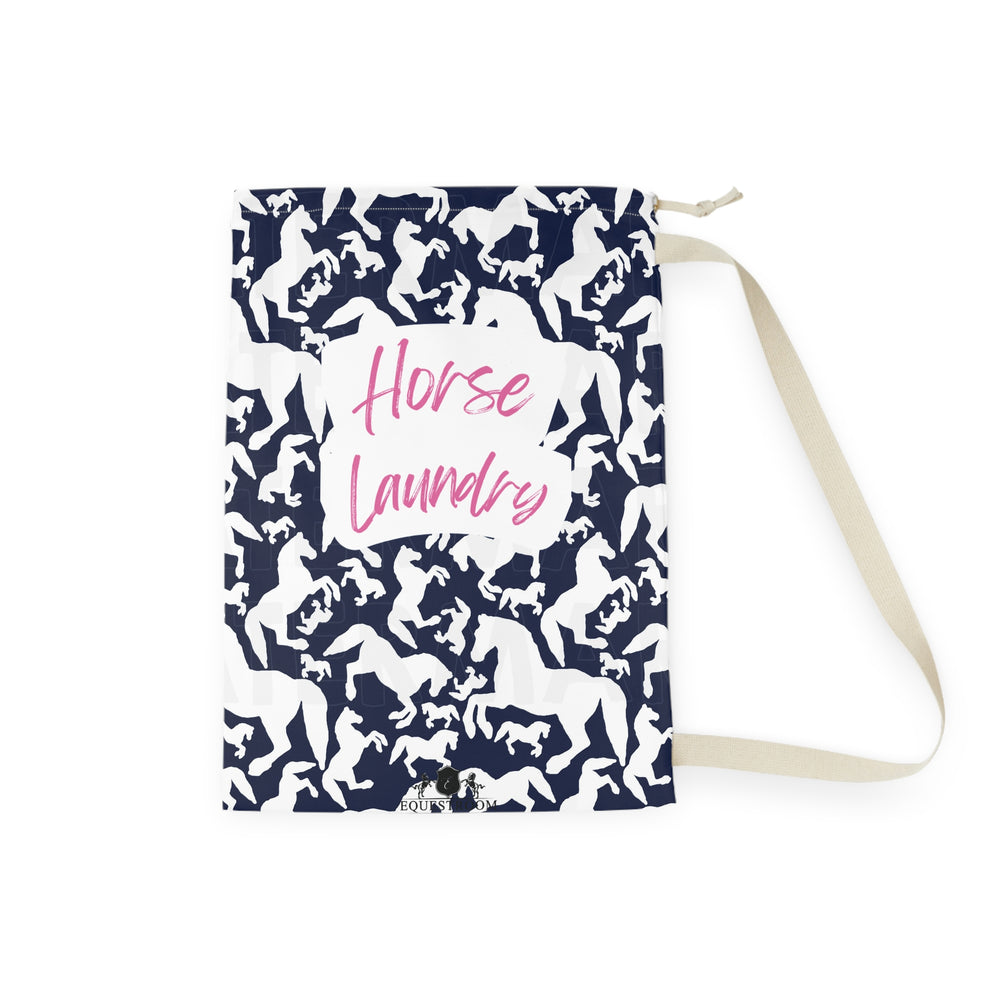
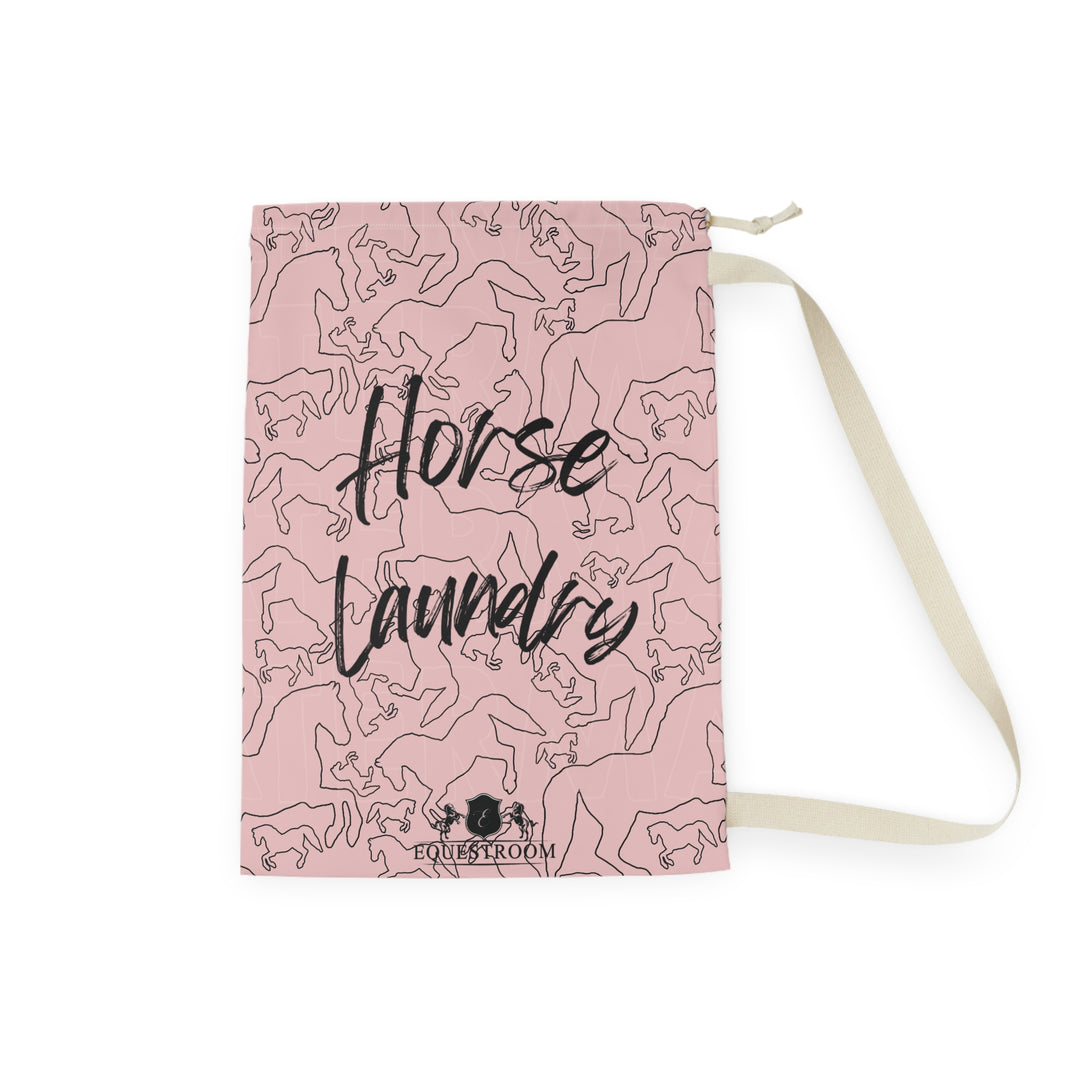
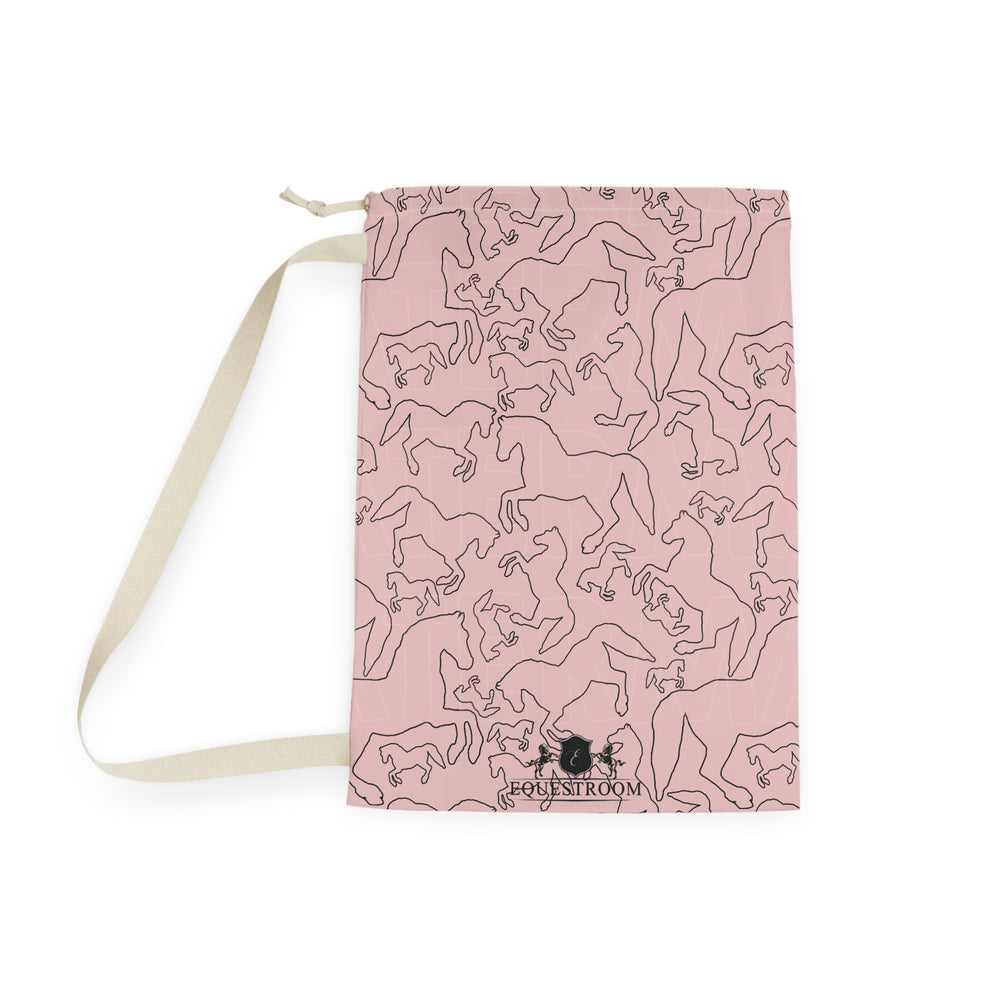
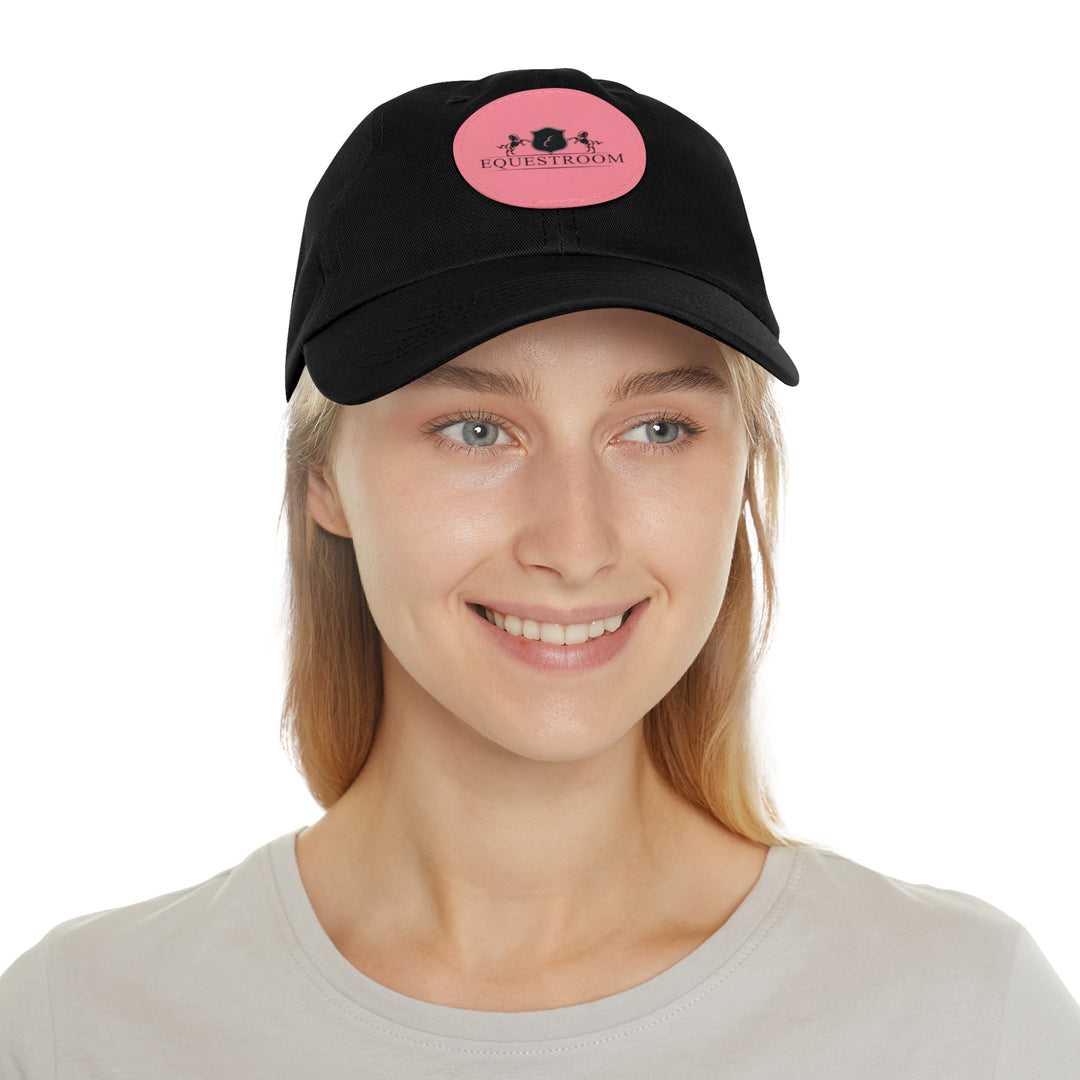
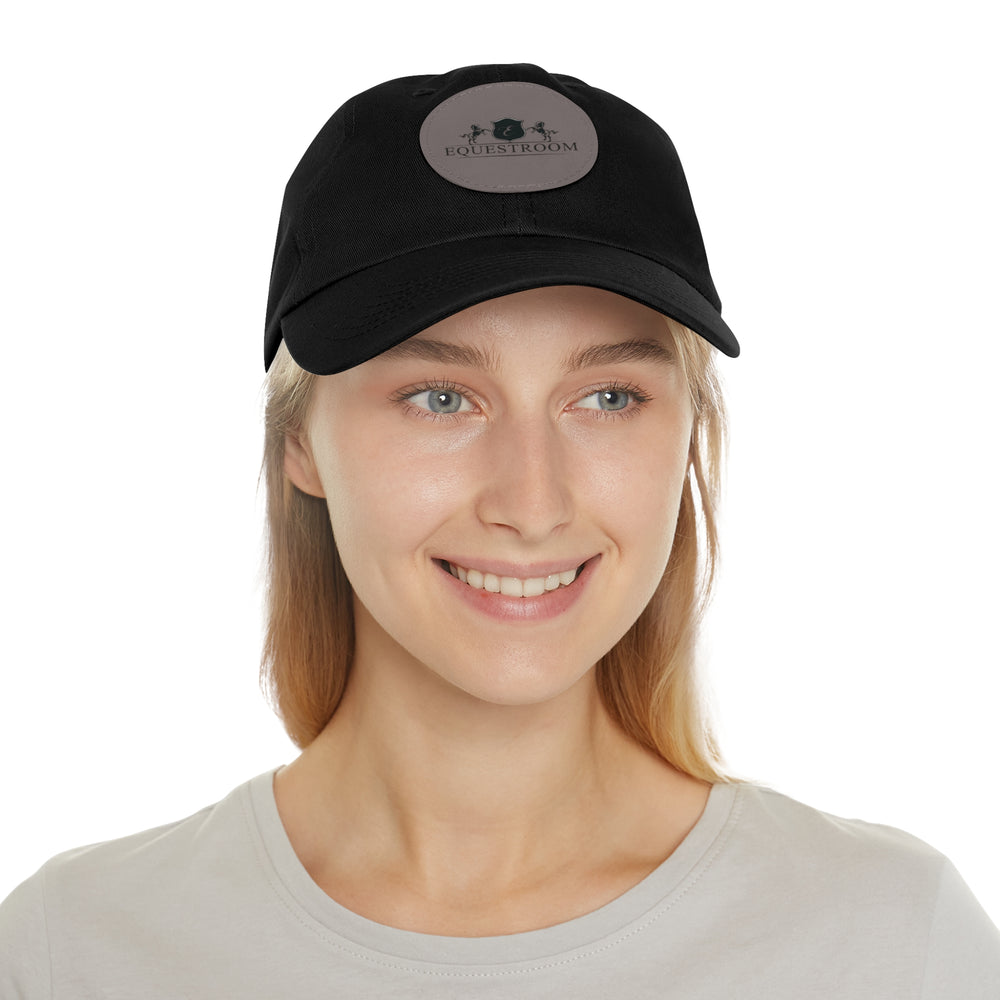
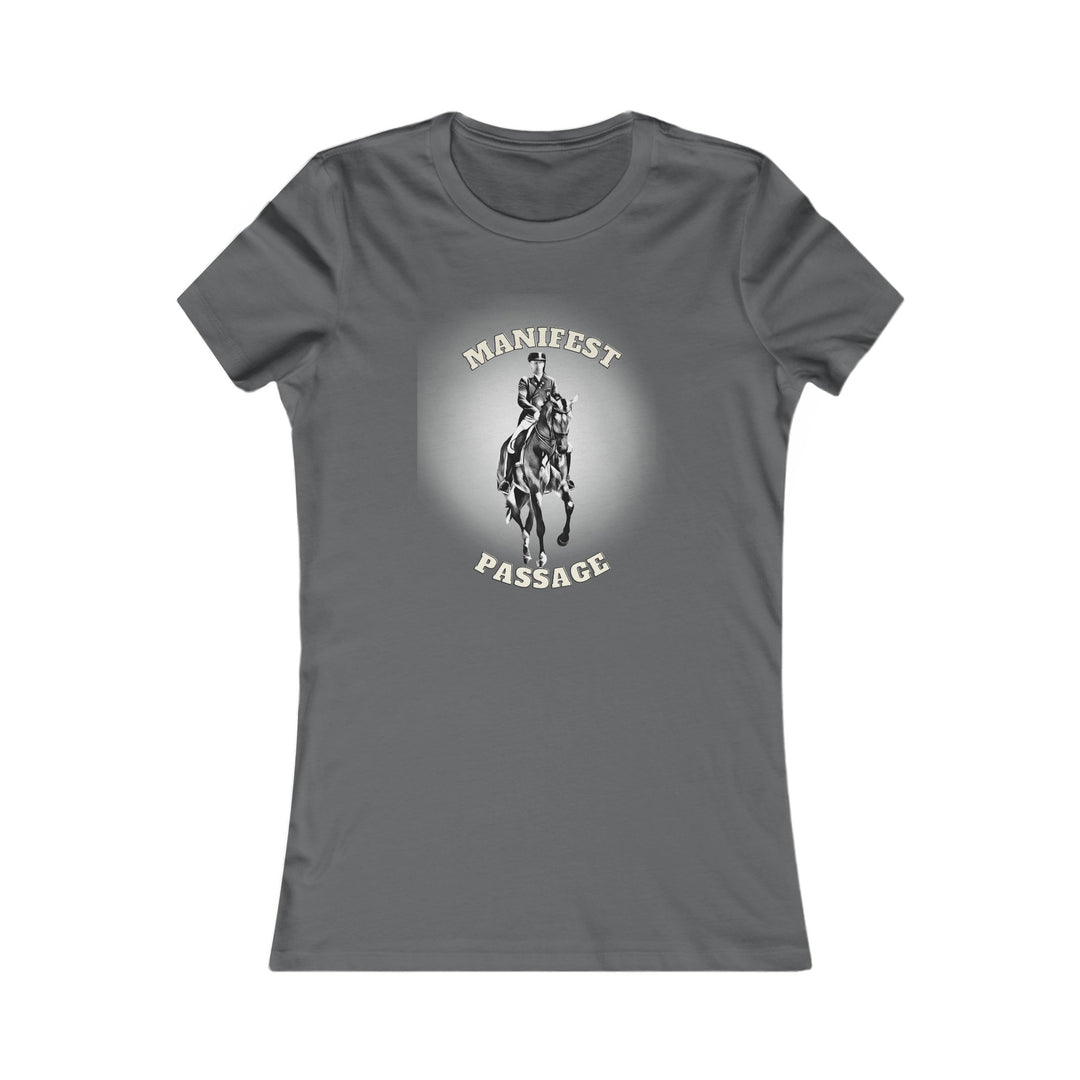
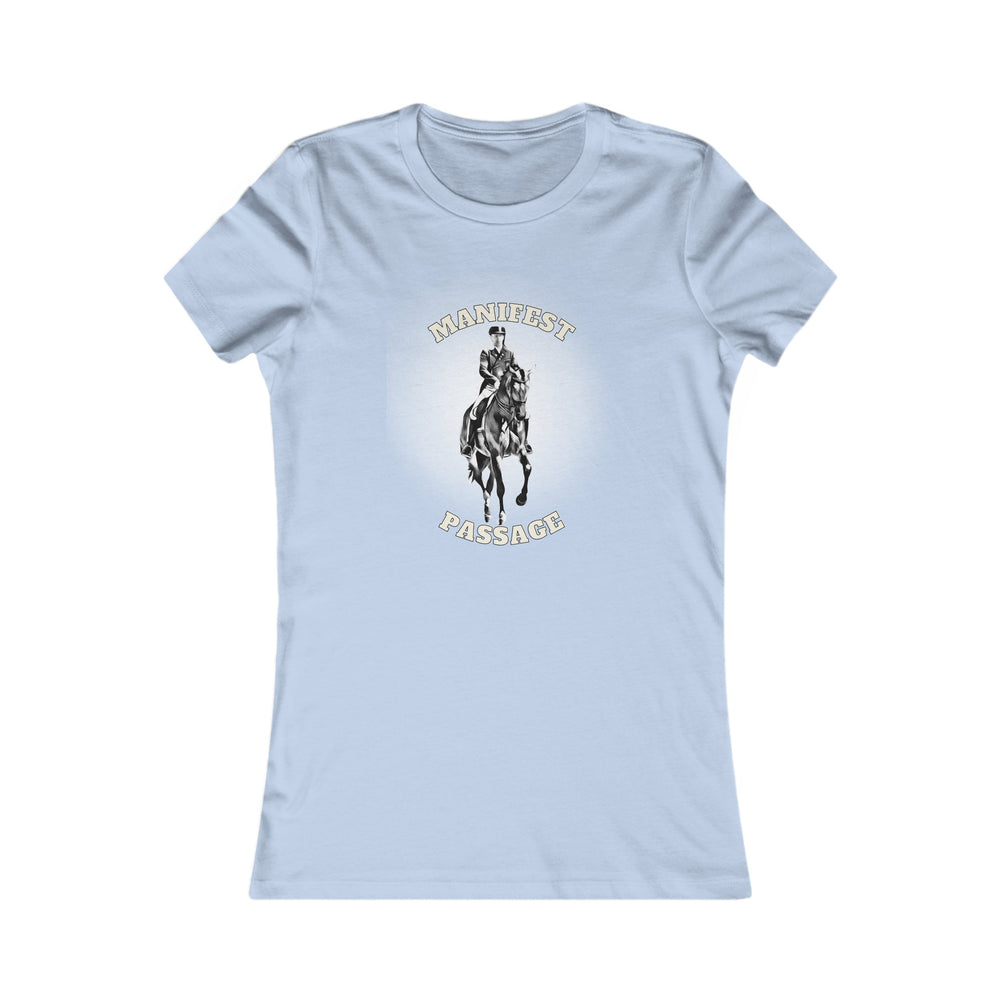
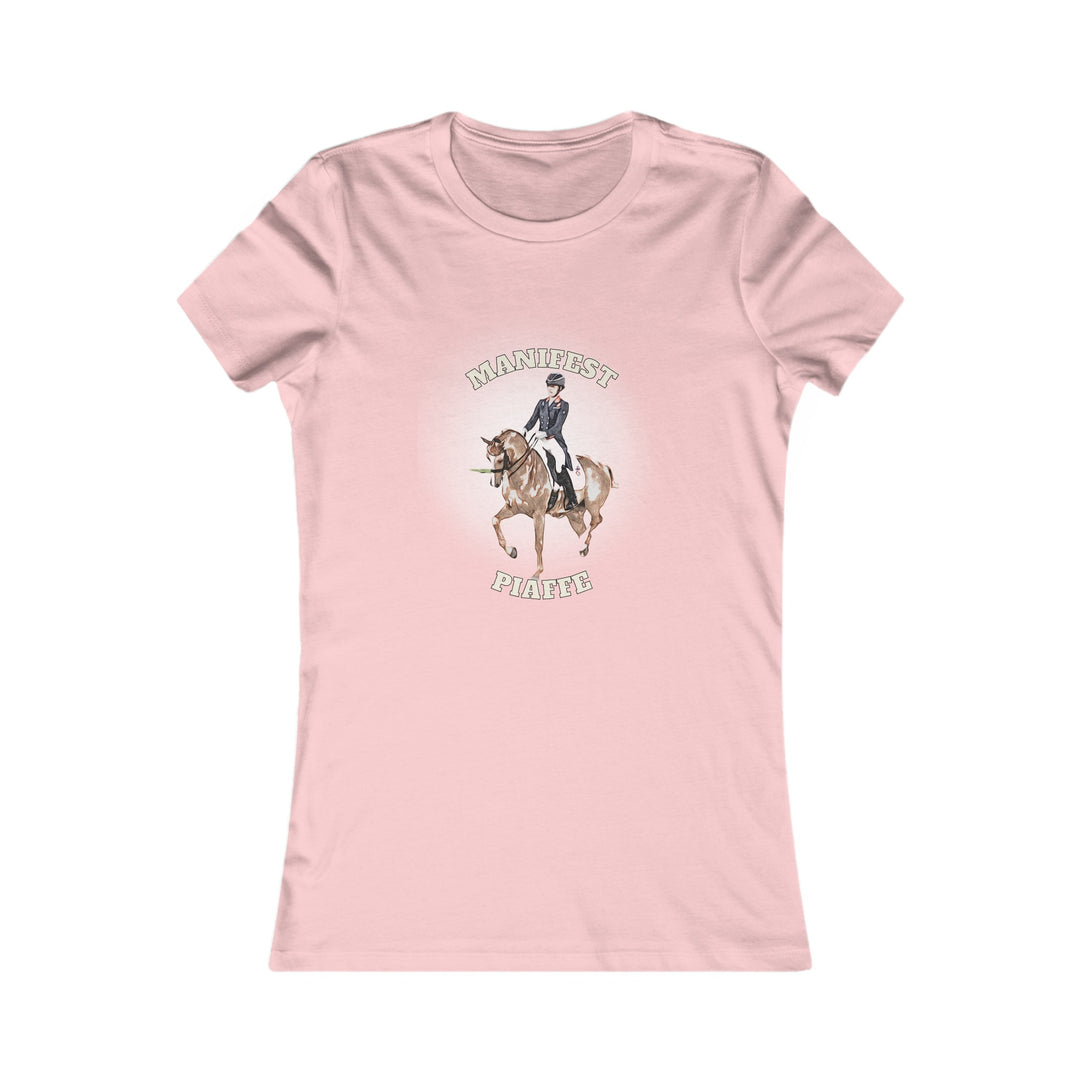

Leave a comment